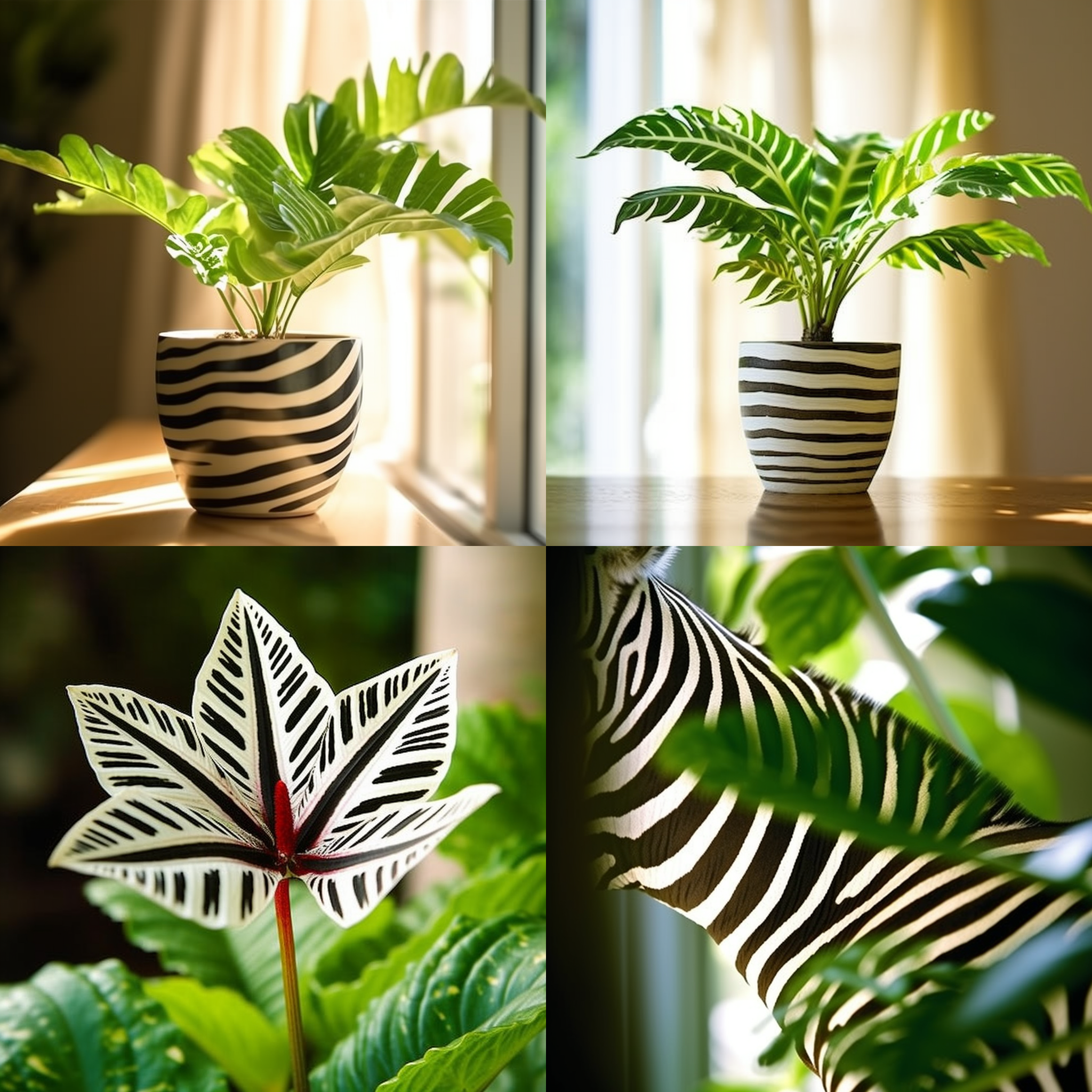Story of Day :
Contents
The Zeal for Zebra Plant: A Complete Guide and Care Tips
If you’re looking for a unique houseplant that will add some character to your home, look no further than the zebra plant. Also known as calathea zebrina or the peacock plant, this tropical beauty is becoming a popular choice among gardeners and indoor plant enthusiasts alike. Not only does it have striking foliage with its distinct zebra-like patterns, but it also has some interesting behaviors that make it quite fascinating to observe.
Origins and Characteristics of Zebra Plant
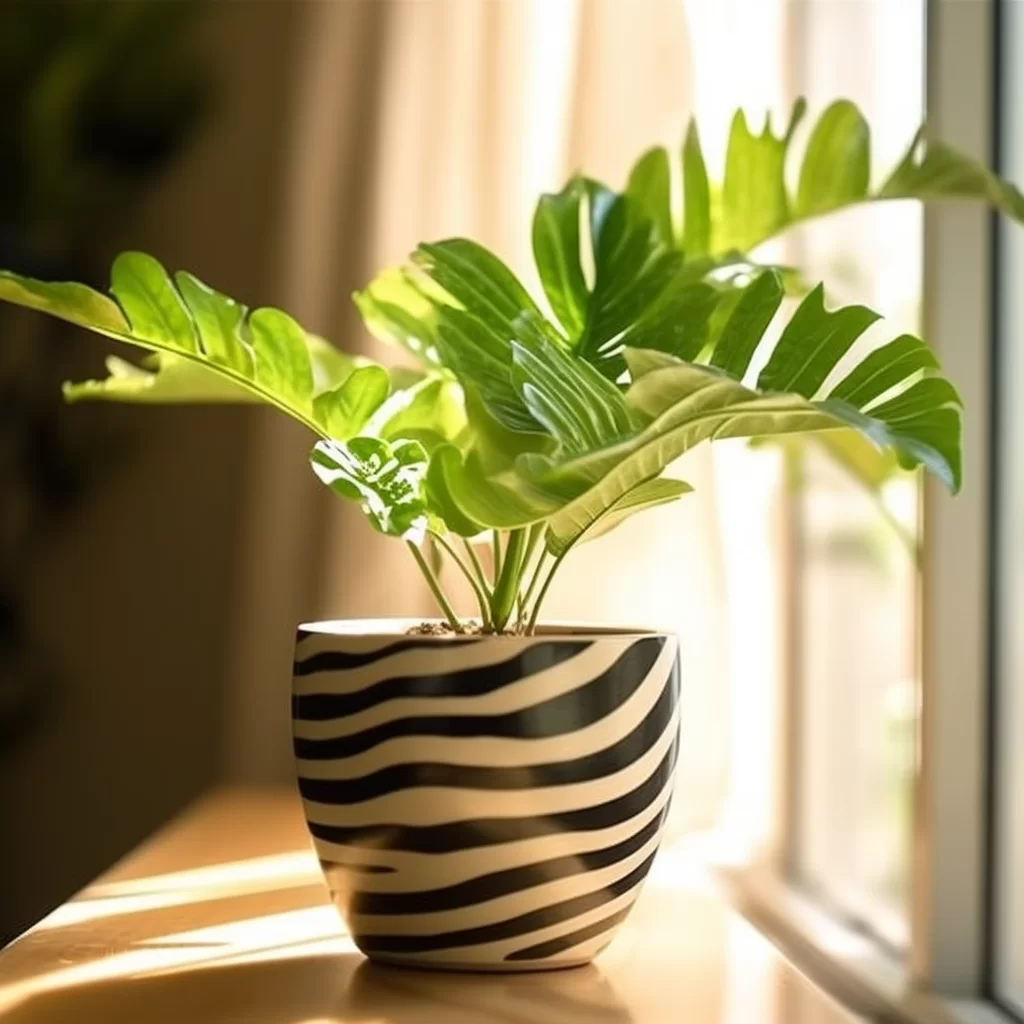
The zebra plant is native to Brazil, where it grows in the shade of other plants in the rainforest. It belongs to the Marantaceae family along with other members such as prayer plants and stromanthe triostars. Its leaves are big and elongated yet narrow, resembling those of a canoe or paddleboat. The deep green color serves as a backdrop contrasted by broad stripes of silvery-green that run perpendicular to midrib veins on each side.
During daytime hours, when sunlight hits its leaves at just the right angle – often called “prayer” position – they fold up slightly like hands in reverence which gives them another common name; prayer plants.
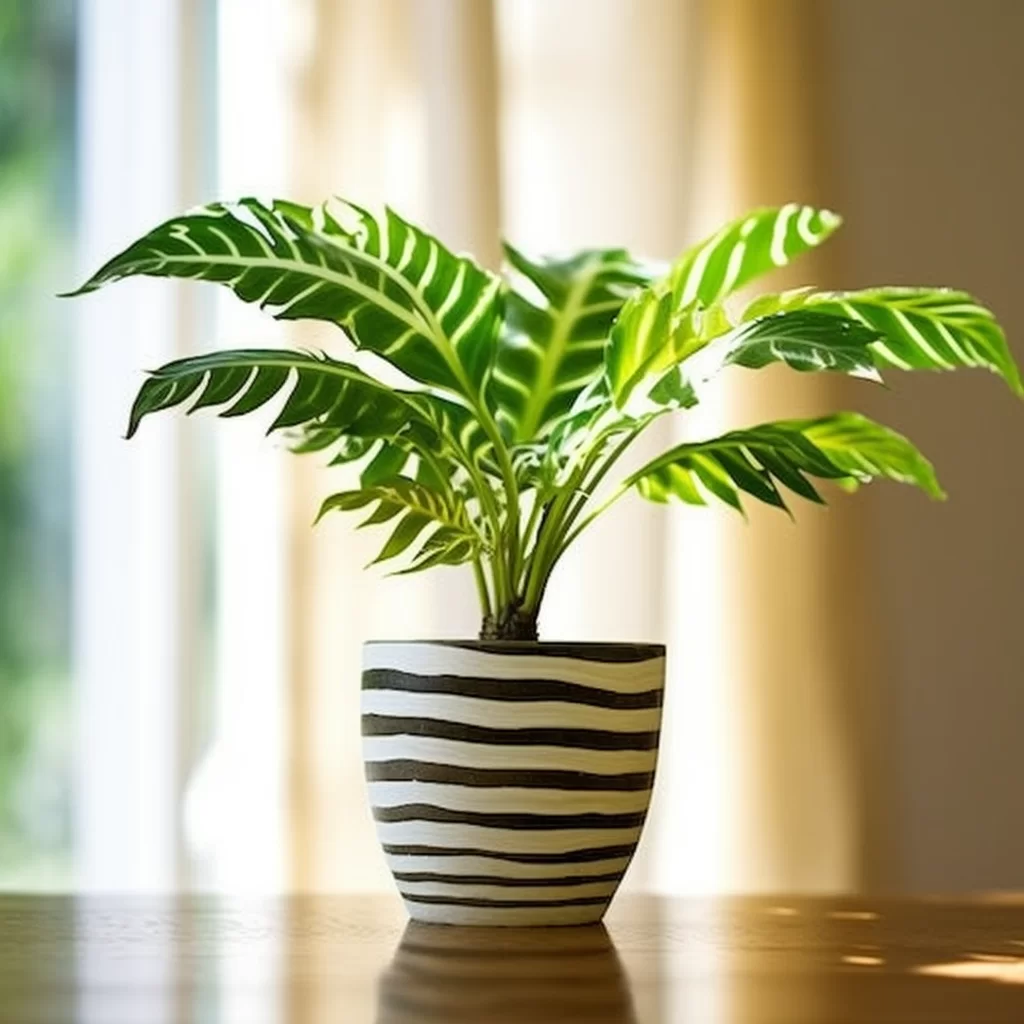
Light Requirements for Zebra Plants
Zebra plants prefer bright but indirect light conditions with minimal exposure to direct sunlight. Too much sun can scorch their delicate foliage causing brown spots that detract from their beauty while too little could lead to leggy growths or stunted development altogether.It’s best if you place them near windows facing east or north since those directions provide excellent natural lighting levels without direct rays.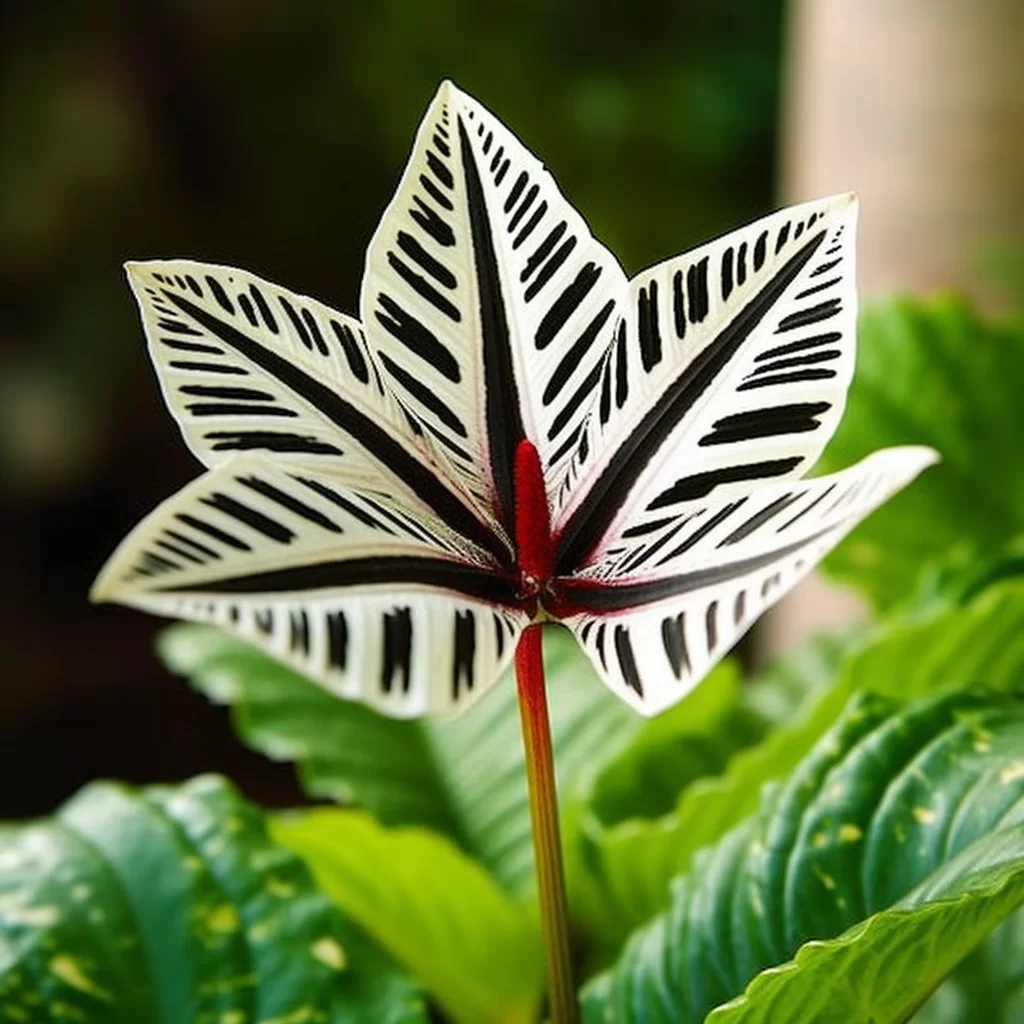 If you need brighter light sources indoors like LED grow lights instead make sure they’re not too close because excess heat can burn the leaves.
If you need brighter light sources indoors like LED grow lights instead make sure they’re not too close because excess heat can burn the leaves.
Watering Zebra Plants
Although they need to be kept moist, zebra plants do not like over-watering or waterlogged roots that can cause root rot. You should avoid leaving standing water on their soil or saucers and let them drain properly so the soil can dry out slightly before you water again.To know when it’s time to water your plant, stick a finger about an inch deep into the soil; if it feels dry, then add some water. If the topsoil feels damp or moist still, wait a while longer before trying again.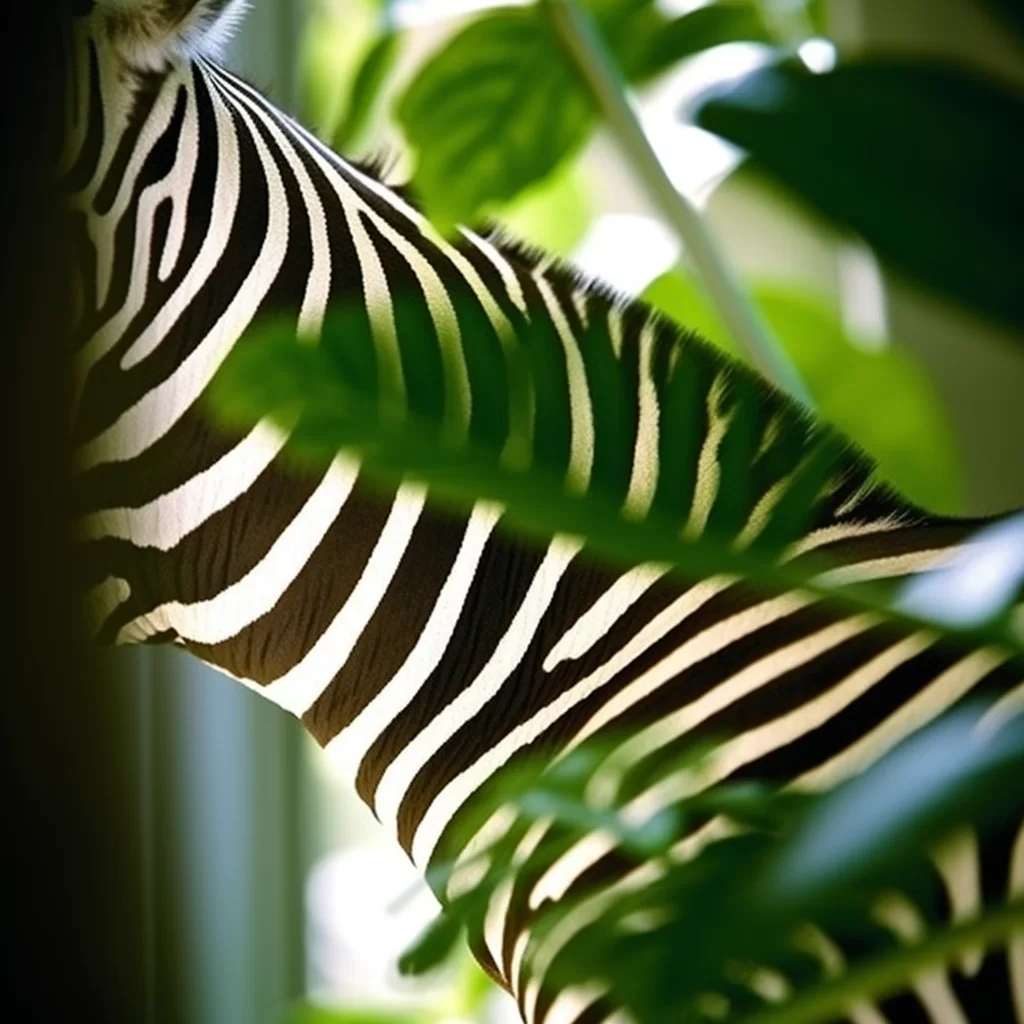 During winter months when there isn’t as much natural sunlight available for evaporation purposes make sure you reduce watering frequency accordingly but don’t forget about them completely.
During winter months when there isn’t as much natural sunlight available for evaporation purposes make sure you reduce watering frequency accordingly but don’t forget about them completely.
Humidity Needs of Zebra Plants
Zebra plants thrive in high humidity environments due to their tropical rainforest origins and will appreciate being misted regularly with a spray bottle filled with clean room-temperature distilled water to keep their foliage healthy and vibrant-looking.If your home’s environment is too dry, consider using a humidifier around your house especially during winter times when heaters are blasting and drying out indoor air qualities more.
Fertilizing Zebra Plants
Fertilize zebra plants every 3-4 weeks during growing seasons (spring – autumn) using balanced liquid fertilizers which contain equal parts nitrogen (N), phosphorus (P), potassium(K) nutrients e.g., 10-10-10. Use half-strength dilutions of normal recommended rates because full strength could scorch sensitive leaf tips while underfeeding limits growth potential by depriving them of necessary nutrients needed for optimal health.During winters give them rest from feeding since they’re naturally not in active growth mode at this time anyway.
Potting Zebra Plants
Zebra plants prefer well-draining and aerated soils with a slightly acidic pH range of 6.0-6.5; you can use regular potting soils mixed with peat moss or perlite to improve drainage as needed.Avoid using soil mixes containing too much sand or that are compacted which can lead to poor drainage and waterlogged roots which zebra plants dislike.Pick pots that offer room for root growth but not too big as excess soil dries out slowly leading to potential overwatering issues.
Pests and Diseases Affecting Zebra Plants
Like all houseplants, zebra plants are susceptible to pests such as spider mites, mealybugs, scale insects or aphids that suck sap from their stems and leaves causing yellowing appearance on foliage indicating damage.To combat these pests you can use insecticidal soaps specially formulated for the type of pest attacking your plant while being careful not to spray directly on the foliage under bright light conditions since it could cause scorch marks.Other common diseases affecting zebra plants include fungal infections such as powdery mildew which appear like white powder coating on leaves; treat this by increasing air circulation around your plant ventilating areas around it more often.
Summary
- The zebra plant is a tropical rainforest native member of Marantaceae family characterized by its unique silvery-green stripes running perpendicular to midrib veins on each side of elongated narrow canoe/paddle-shaped leaves.
- Zebreas prefer bright yet indirect lighting conditions with minimal exposure to direct sunlight;
- Avoid over-watering them with standing water always let soil dry out slightly before next watering cycle;
- Mist regularly during high humidity environments but avoid misting them under direct sunlights;
- Fertilize every 3-4 weeks during growing seasons using balanced liquid fertilizers containing equal parts NPK nutrients in half-strength dilutions;
- Pot zebra plants in well-draining aerated soils with slightly acidic pH range around 6.0-6.5 mixed with peat moss or perlite for better drainage and improved aeration purposes.
Now that you have all the information you need to care for your zebra plant, get ready to enjoy its unique beauty and fascinating behaviors. With proper care, your plant will thrive and add a touch of the exotic to your home.
